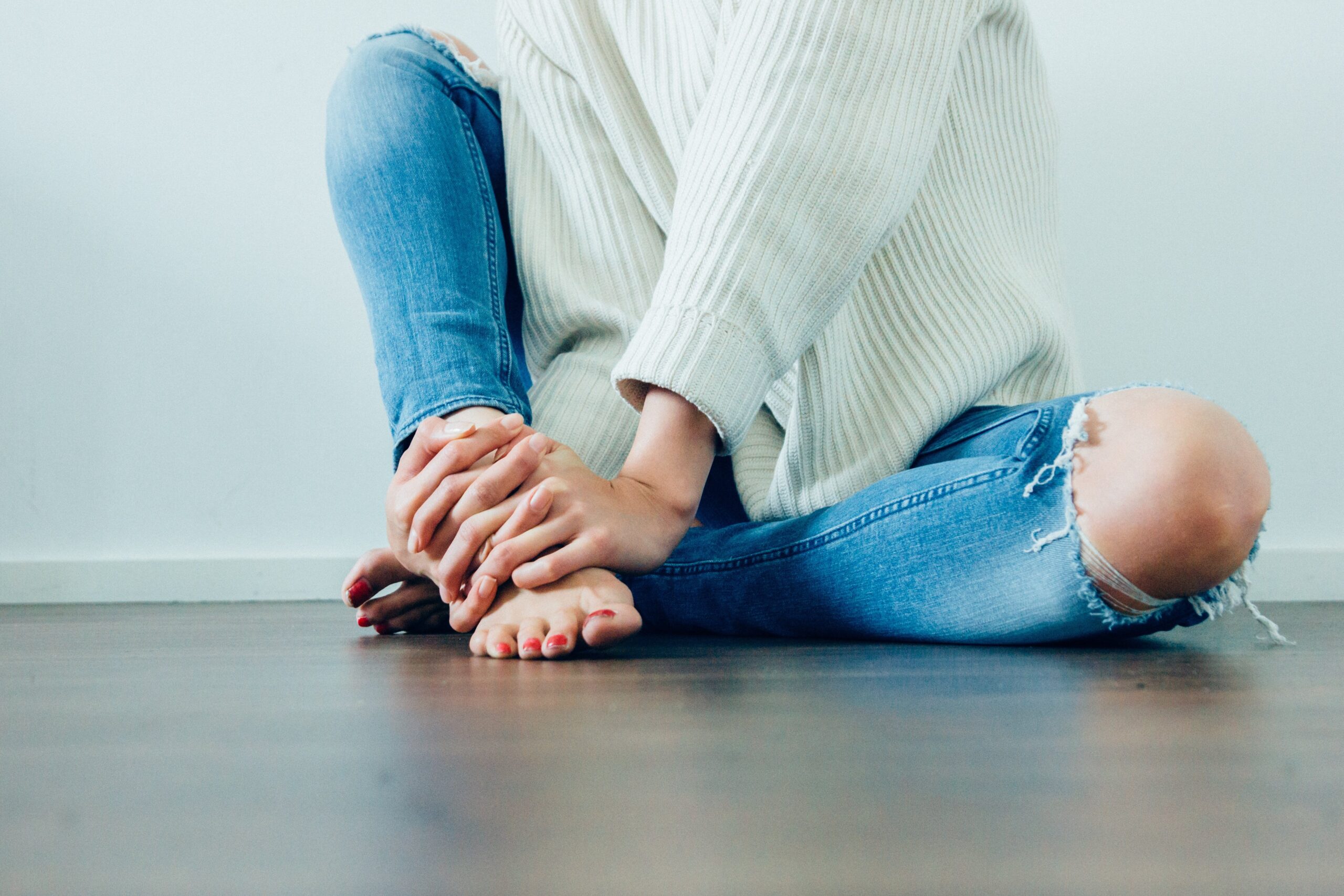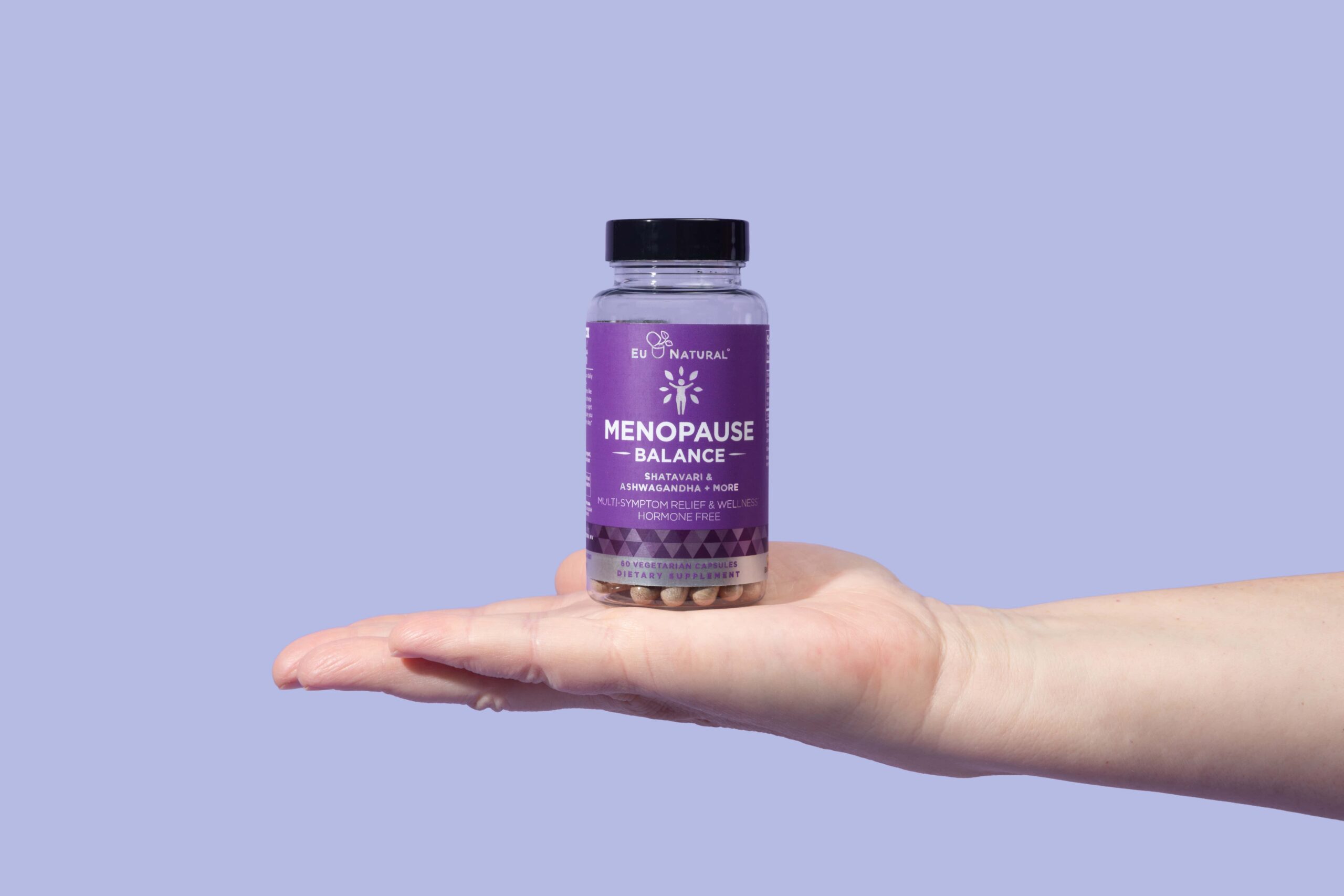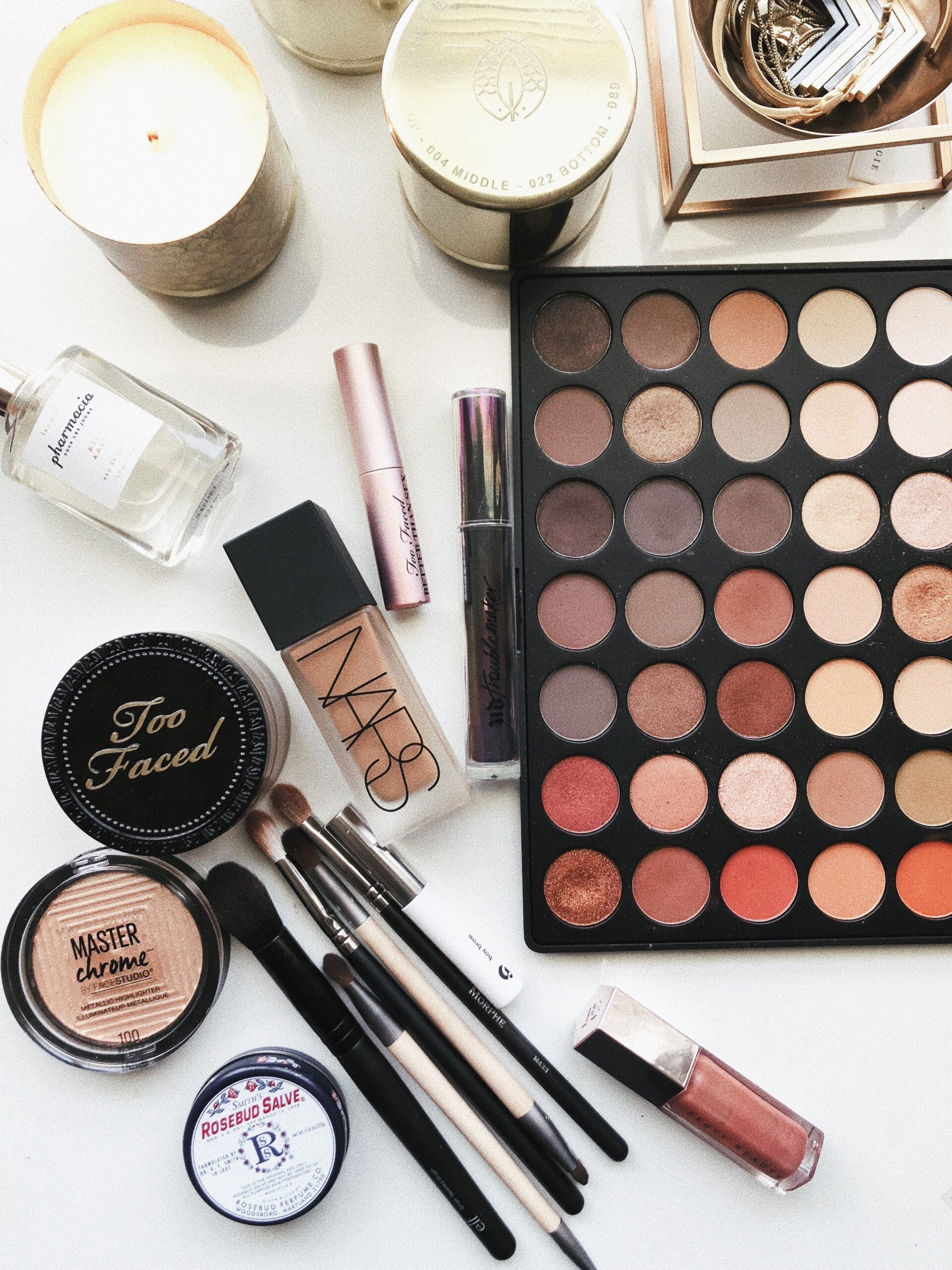Dry skin is one of winter’s worst insults, but the worst havoc it wreaks is on our feet. The skin on our feet is inclined to dryness and conditions only worsen in the winter weather, thanks to indoor heating and low humidity in the atmosphere.
“Almost every patient I see in the wintertime suffers from [dry, cracked skin] at some point,” Gary Goldenberg, M.D., assistant clinical professor of dermatology at the Icahn School of Medicine at Mount Sinai in New York City, told SELF. “The lack of moisture in the air outside dries out your skin — head inside, where heat is often blasting,” he said, “and the situation only gets worse.”
As if your feet don’t suffer enough tromping with you to and from meetings to the subway — and in high heels, to boot. So what’s a woman on her way to Mexico — or just wanting sandal-ready feet — to do? Here, a game plan.
Don’t go crazy with showers
Hot showers feel good — especially when it’s so cold out — but they also sap skin of its natural moisture. Same goes for long luxurious soaks in the bath, which dry the skin of its oils. Think of the hottest showers as a special treat and try to keep the temperatures moderate the rest of the time.
Avoid harsh soaps
Gentle is your go-to word in the winter months. A harsh soap won’t get you any cleaner, but it will strip your skin, leaving it extra tight and dry. Look for soaps with a high glycerin content or naturally made bar soaps. (Want something extra special? We love Saipua.)
Rub it out
You’ll want to do double time on this front including both mechanical exfoliation and chemical exfoliation. That means: start with a pumice stone or brush to slough off dry, rough skin. You don’t need anything special here — any stiff brush from a $1 store will do the trick.
Soak it up
Once you’ve sloughed off that dry skin, it’s time to saturate the surface of your feet anew. Some moisturizers do double duty by adding moisture and exfoliating with alpha-hydroxy acid or urea. Those acids will also help the skin’s outermost layer (the epidermis, if you remember your biology) retain moisture. Look for moisturizers for the feet that contain glycolic acid or lactic acid.
Get bedtime ready
Wearing socks during the day helps ward off dry winter skin, but don’t go bare at bedtime. Think of the nighttime hours as a spa day for your feet. Before bed, coat rough and cracked areas of your feet, like heels and calluses, in a thick moisturizer like Vaseline, Cetaphil or Aquaphor. These products create a seal that will lock in moisture while you dream. You could also look for a product that contains lanolin, which is often marketed toward breastfeeding mothers but works equally well for any dry, chapped skin. Or, you could simply look in your kitchen cabinets. Rub olive oil into the skin, or better yet, use coconut oil; it’s naturally antibacterial and antifungal, which can help infections.
See a doc
Make sure there’s not a more significant health issue at play. If your feet have calluses, cracked and/or dry skin that doesn’t improve with exfoliation, creams, and lotions, a visit to a podiatrist might be in order to make sure you don’t have athlete’s foot or eczema.










